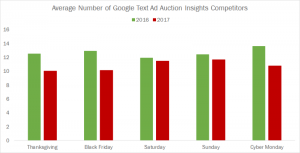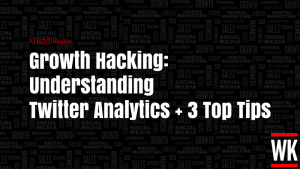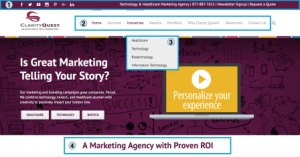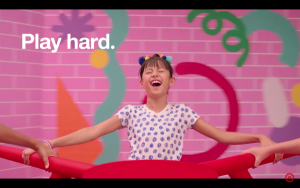Unlike most marketing efforts, event marketing strategies often go unchecked. Despite the millions of dollars that brands continue to invest in live events like auto shows and music festivals, very little of this spending gets tracked. It begs the question – what is the return of event marketing?
This is a tough question to answer because, until recently, determining ROI at a live event was challenging. The size of an event alone left marketers at a loss for how to track metrics like attendee engagement, or to secure and organize on-the-spot consumer information. However, if your brand turns toward live events as an alternative to traditional marketing strategies, you will need to begin proving that event marketing is worth its price tag.
To prepare, consider these three ways to start tracking ROI at live events:
- Go Social: Social media marketing campaigns align nicely with the characteristics of live events. First, social media moves just as quickly as a typical event unfolds. Second, social can expand a campaign’s reach along a one-to-many ratio. And third, social channels optimize features like communal tagging and hashtags, which can monitor campaign effectiveness while also improving engagement and reach by two to three times. At live events, it’s vital to facilitate and incentivize immediate social sharing. Just 31 percent of photos and videos taken at events actually get posted to social streams, so if attendees alone are responsible for uploading their photos across social channels, your marketing efforts can be wasted. Tools like mobile, on-site tablets can encourage this real-time sharing.
- Add Branding: Coupled with a social campaign, branding can help your marketing team leverage its live event spending. This doesn’t have to be complicated, either. You can add your logo, or work with an established platform to customize an image unique to the live event to reap the rewards of additional branding. Branding is particularly effective when added to visual campaigns, which receive 94 percent more engagement than text. As attendees share branded photo or videos across their social networks, every sharer becomes a brand-advocate. This word-of-mouth marketing, when applied across digital platforms, can achieve both business objectives (in the form of increasing brand advocacy and driving sales directly from live events) and marketing objectives (in the form of increase reach and tracking ROI through analytics). Cultivating these types of digital endorsements can help you reach more consumers even if your marketers interact with just a fraction of event attendees.
- Think After the Event: After-hour events are a strategic way to separate average event attendees from those truly interested in your brand. Hosting events, like a VIP reception or ongoing contest, nurtures consumers beyond the initial interaction. Often, these types of events require attendees to input more information during the on-site activation process (email address or social accounts), which expands your social networks and compiles consumers to target with future campaigns. Every like, tag and email is a verified consumer touch-point with measurable ROI.
Live events are a unique opportunity for brands to engage with many consumers over a small timeframe. However, if you choose to have a presence at live events, accountability lies ahead. As a feature of your company’s larger budget, marketing teams have a responsibility to highlight event marketing’s value.
And live events do have value. As marketers begin to track their ROI at live events, either independently or in partnership with a marketing technology company, they can drive real, bottom line results and develop actionable analytics. With both, your brand can define the value of event marketing efforts and make more informed decisions for future events.
So, what is the return on investment of event marketing? That’s up to your brand to find out. For more information about the socialness of events for brand sponsors, click here.
(163)
Report Post





